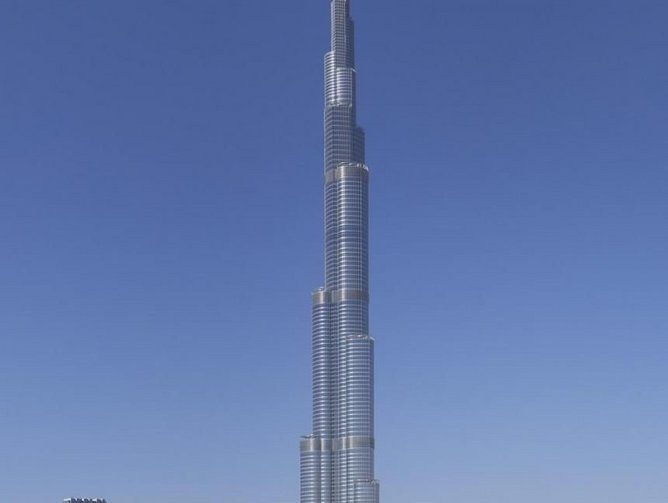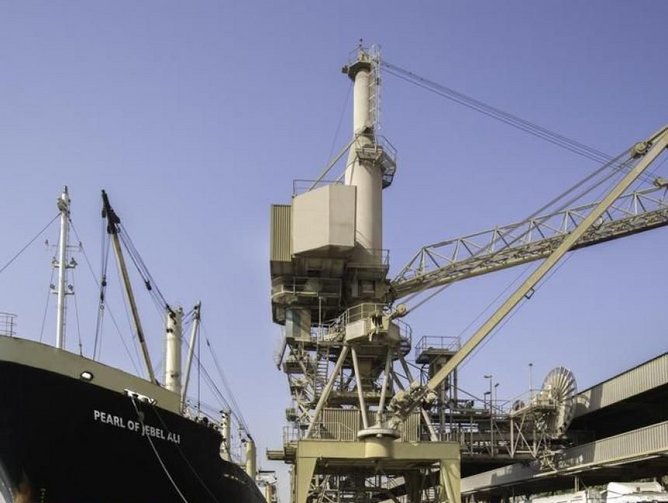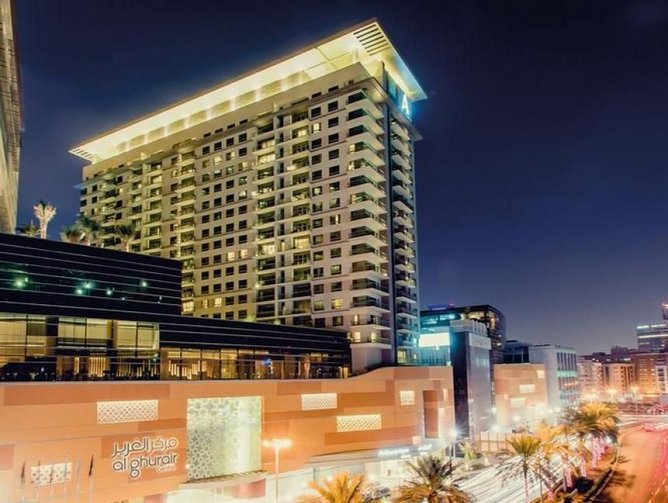Al Ghurair is one of the largest diversified industrial enterprises in the UAE. With over 40 years of experience spanning 20 countries across nine different businesses, including food, construction, property development, energy, resources, international exchange, printing and education, it has been crucial that the group has a strong procurement foundation to fully utilise those business units and continue to be a market leader.
For Pekka Sammallahti, Group Head of Procurement, a way to achieve this has been through the development of a centralized or centrally led procurement function.
“To try and build this centralised function in a diversified group with multiple Business Units, each focused on its own aspect, there’s no real major common procurement category,” he says.
The bottom line
At the start of this procurement process, the key goal was to make an impact on savings in both indirect and direct procurement.
Sammallahti set out to separate what can be categorised as direct procurement and indirect procurement to achieve maximum savings for the enterprise. During this time, the group was also undergoing a shift in focus with regards to functionality.
“Al Ghurair had previously focused on ensuring that we are buying our products at the right time for the lowest cost,” says Sammallahti.
“But I have built up the procurement function so that we have adopted e-sourcing and e-auctions which is key in making the efficiency of procurement much better than the traditional model.”
The development of the procurement function has been driven by two key goals: to improve the bottom line through significant savings and to create a more strategic function and be a business partner to the stakeholders.
“We ensure that the supply is there and the prices are there, but now we are looking at total cost of ownership and specifically, the total value that procurement can bring from an end to end perspective,” Sammallahti says.
Diversification
In an enterprise that is diversified through so many business facets within the UAE and globally, support from procurement across the whole board from central Group Procurement out to the procurement teams in each Business Unit (individual sector) is key in ensuring maximum efficiency and savings.
For Group Procurement and Sammallahti, the focus is on supporting the Business Unit procurement in all aspects, from e-auctions to defining the processes and the policies which are then adapted by each and every one the Units.
The Heads of the Business Unit procurement teams report back to Sammallahti through matrix.
“Each year we conduct annual procurement strategies in which I define the key initiatives for the following year, set the KPIs and ensure that our processes are streamlined across the various different Units,” he says.
Sammallahti will work with the Units to tweak and change the processes where necessary to reflect the expertise and various unique demands of each particular Unit.
Flexibility then, is key.
“All processes are defined at a Group level, which we as Al Ghurair roll out to our businesses. We look at cycle times, lead times and define the approval matrix before tailoring the policies to be able to work in any particular Business Unit,” Sammallahti adds.
Market driven
Market dynamics change on a daily basis and for any business it is key to be aware of how those dynamics impact the business. For Al Ghurair, flexibility across the internal processes is met with agility from an external perspective.
A key question that the group must ask and be aware of is how the current world economy impacts its businesses and therefore its procurement. Sammallahti stresses the importance of understanding what the drivers in the businesses are and what the drivers in the world economy are for the group’s suppliers.
“We are not isolated; we are aware and following on all things that are happening across the world which have an impact on the supply chain,” he says.
Technology in procurement
In any transformation or development strategy, the role of technology cannot be underestimated. In the Middle East, technology can often prove to be difficult to adapt and businesses and the suppliers have in the past proven to be reluctant to take that risk and adopt a new technology.
One of the key successes for Sammallahti and Al Ghurair has been the group’s role in adopting new technologies that have been key in advancing the development of the procurement function.
“Al Ghurair is one of if not the leading group using e-auctions, which is something we run hundreds of times a year,” he says.
“It has been key to our success due to the fact that many people didn’t believe it would work in this particular group or the Business Units, or even if it was applicable on this scale.”
E-sourcing and e-auctioning are now everyday practices across the whole of Al Ghurair in what Sammallahti describes as the “standard way of negotiating” for the group.
Start of something special
For Sammallahti, being offered the opportunity of building and developing the procurement function of a group so embedded within the very make-up of the UAE was one he simply could not turn down.
Al Ghurair, through its nine different Business Units, serves communities all across the UAE and globe, be it one of the largest trading houses in the world in food commodities, to supplying external cladding and glass for the tallest building in the world, the Burj Khalifa.
Sammallahti has worked for over 17 years in procurement, with companies such as Nokia and Siemens, but he admits that it was the level of understanding and focus on procurement from senior management that was a turning point in helping him begin his journey with Al Ghurair.
“During interviews I started to fully appreciate just how much of a dynamic and forward thinking group Al Ghurair really is and it was something I really bought into from a procurement perspective,” he says.
Naturally, for one of the largest diversified groups in the UAE, it needed to ensure that Sammallahti was the right man to take it forward. To do this, there was one final interview with a gentleman named Abdul Aziz Al Ghurair, Chief Executive Officer of Mashreq Bank and Chairman of Al Ghurair at the time.
“I was so impressed that the Chairman of a group of this size understands and really values procurement; it was and still is an excellent opportunity to create something dynamic here,” Sammallahti says.
Evolving the procurement function
Looking to the future, Al Ghurair is entering a new chapter of evolving the way procurement functions in the Middle East which has been focused on buying the right supplies and goods at the lowest price.
Sammallahti and Al Ghurair are looking to transform suppliers into business partners to collaborate together and ensure key benefits for both business and partner.
“We are looking at consolidating certain categories and consolidating the spend so we can go to the market as one whole entity with a stronger purse to utilise,” says Sammallahti.
“It’s all about looking at supplier life-cycle management and how the partners can better support the ongoing growth ambitions of the group,” he concludes.






